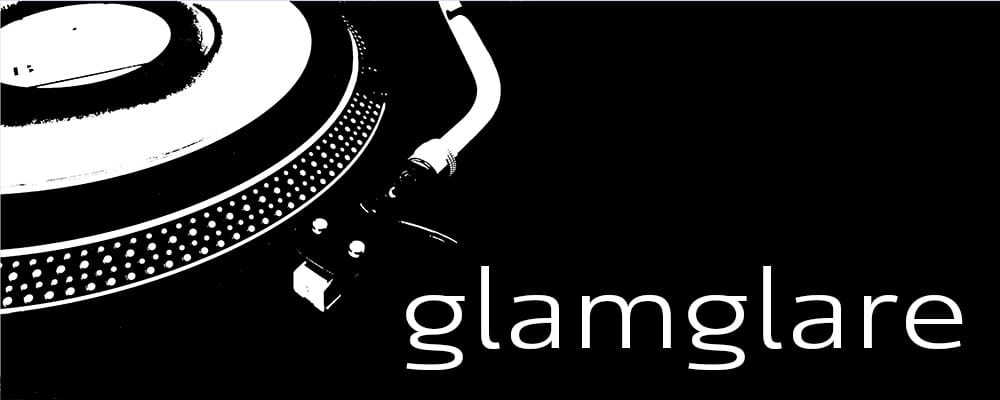The Future in the 70s
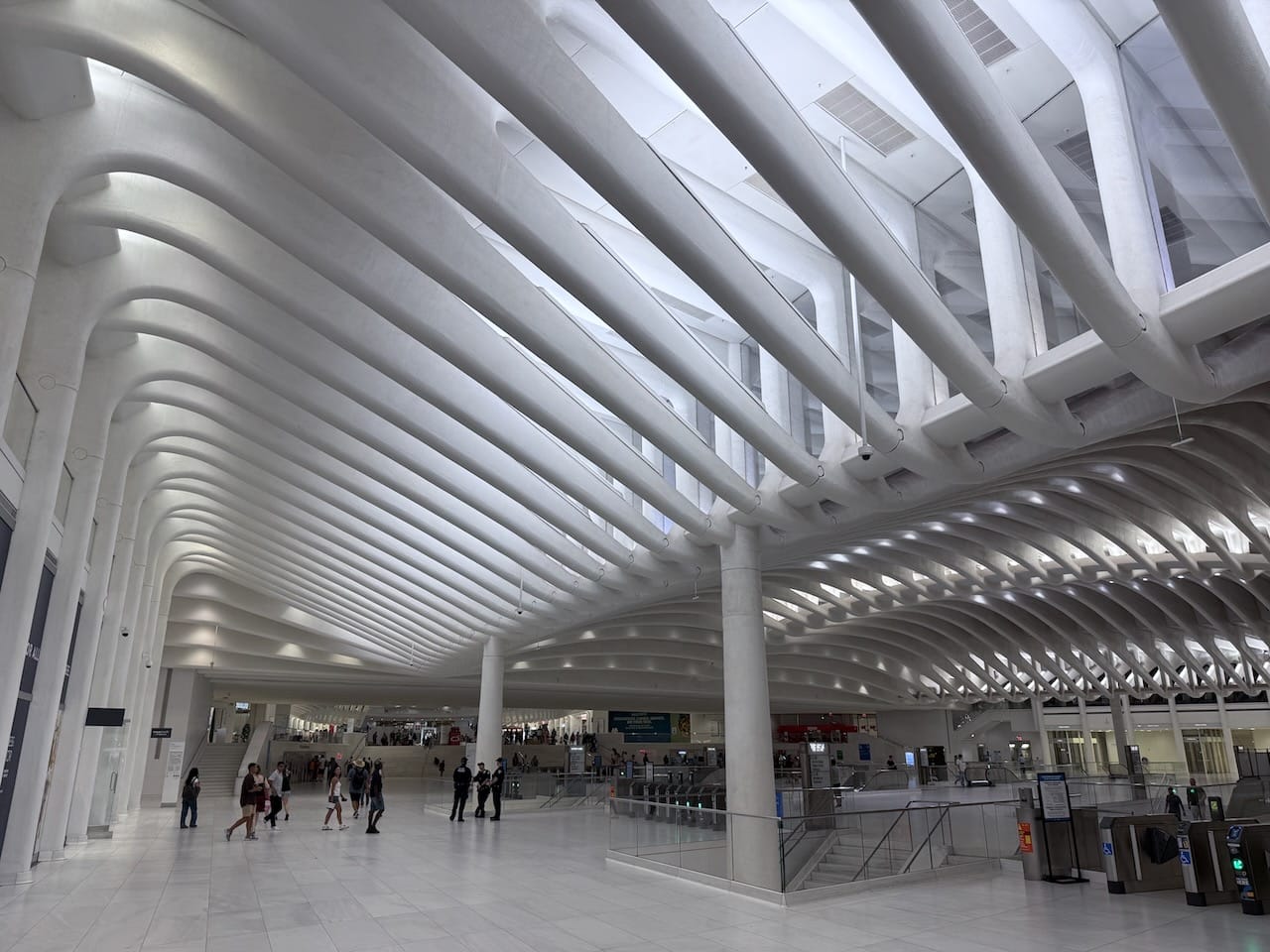
Last Saturday, we went to the MoMA for a short visit. Without specific plans, we ended up spending our time in a small exhibition about the Nagakin Capsule Tower, a 13-story mixed-use building built in Tokyo in 1972.
Each unit of the building was a "capsule,” a small space with an integrated bathroom where one person could sleep, work, and relax with built-in entertainment appliances. The architect Kisho Kurokawa envisioned that the capsules could be exchanged and moved to other similar buildings. In a video, he explained how a capsule could be loaded onto a ship, so you could take your own living and working environment with you wherever you want in the world.
Looking back, this seems such a blue-eyed vision of the future. Do we even want such mobility? What are the environmental costs? And would that not widen the gap between the rich and the poor?
This echoes in a claim that Uwe Schütter makes on the first pages of his book “Kraftwerk: Future Music from Germany,” which I finally started this weekend. The future is cancelled, he quotes music critic Mark Fisher as an explanation why nobody makes music for the future, like Kraftwerk set out to do in the 1970s.
I'm not sure about that. In the 70s, synthesizers were new and an obvious way to create music that had never been heard before. Today, electronic music is ubiquitous and a fundamental building block for much of the music we hear. But that does not mean that artists do not strive to find new and futuristic expressions for their music. For example, in the early 2010s, artists like FKA twigs came up with wildly new interpretations of R&B-ish music that deserved the label “future pop.”
It is, unfortunately, true that optimism about the future has indeed been cancelled. We are all so inundated by dystopian visions of the future created by a profit-seeking news and entertainment industry that it has become hard to imagine a Jetsons-like world where we fly around in our cozy high-tech capsules. It is therefore symbolic that the Nagakin Capsule Tower was demolished in 2022, having fallen into disrepair.
SoundCloud Is Still Thriving
If you looked at glamglare five to ten years ago, SoundCloud dominated. It was the easiest way for artists and their PR representation to share their music with blogs and journalists. That has changed – these days, most artists use YouTube for previews and expect you to have a Spotify account for already released music.
You might expect that SoundCloud has become a ghost town since its heyday, but no. According to number crunchers Chartmetric, “SoundCloud Still Matters for Emerging Artists.” That means mostly electronic dance music and hip-hop, but also other genres are increasingly being included. That is an interesting trend to observe further.
glamglare favorites
Listen to glamglare favorites on Spotify, Apple Music, or below on YouTube.
Kraftwerk did not come out of nowhere, but was part of a vibrant musical scene in 1970s West Germany, which developed a musical style that, today, is commonly known as Krautrock. Their music blended psychedelic rock, early synthesizers, and repetitive, hypnotic rhythms. Long, sprawling tracks of eight or more minutes were no rarity. Today‘s five songs explore the most iconic bands from that movement who set out to envision the future of music.
- “The Model” was the first Kraftwerk song I could tape from the weekly charts radio show in 1978. It is also their song that most closely resembles a “normal” pop song, albeit with the chorus replaced by synth arpeggios.
- Neu! was formed by Klaus Dinger and Michael Rother, who both played in Kraftwerk at some point. “Isi” is an instrumental track from 1975, which combines smooth melodies with the “motorik” beat, which is characteristic of the genre.
- The Cologne band Can brings jazzy improvisations to the genre. The 1973 track “Moonshake” features English-language lyrics by Japanese musician Damo Suzuki.
- The Berlin band Tangerine Dream came to my attention through the soundtrack for an episode of the German crime TV show Tatort in the 80s. “Cloudburst Flight” is a sprawling cinematic soundcape from 1979
- La Düsseldorf is another project of Klaus Dinger. “Viva,” of the 1979 album of the same name is an upbeat, optimistic track and a favorite of Elke. (The entire band’s oeuvre, actually.)
Song Pick of the Day
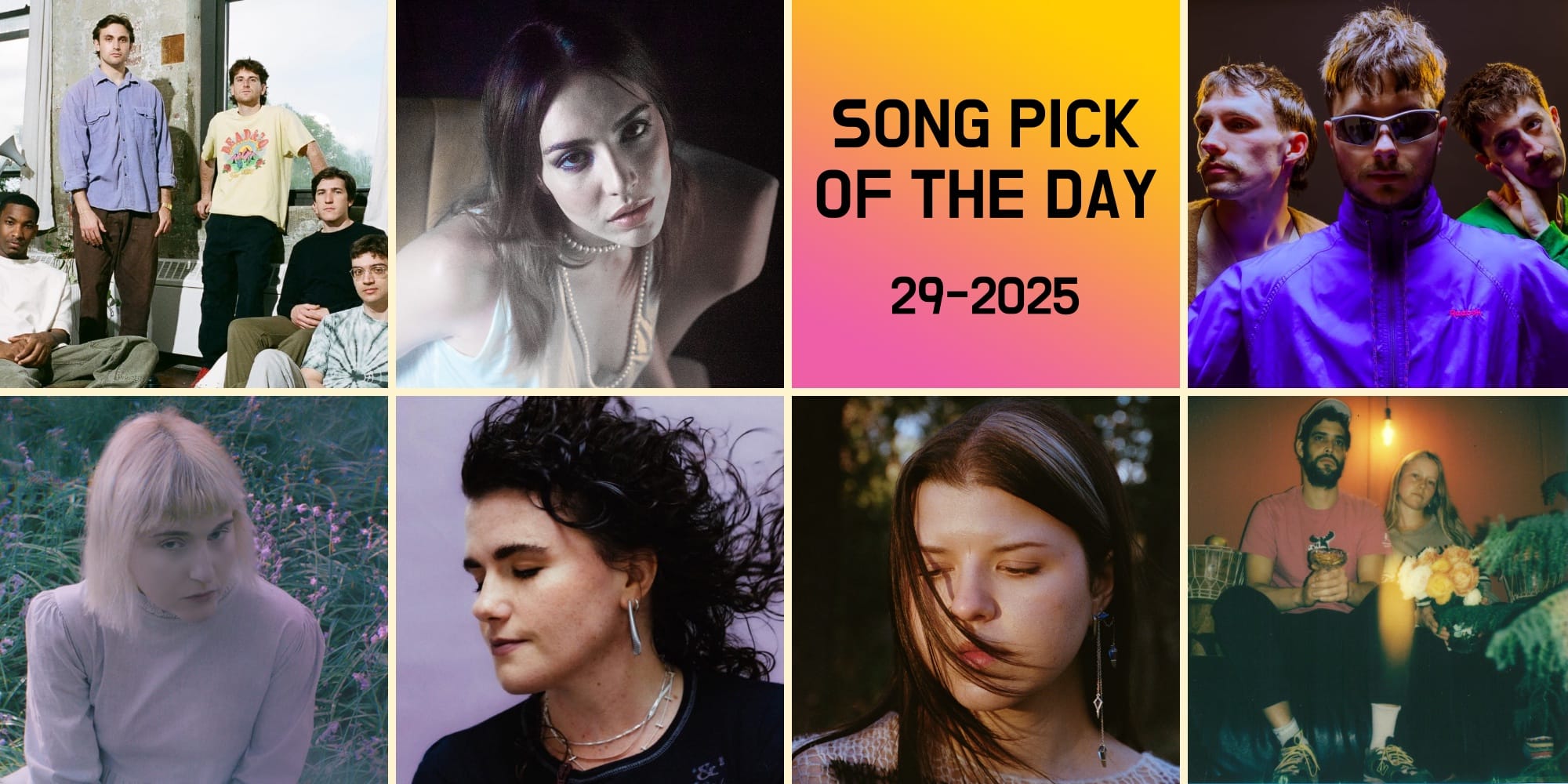
Listen to/watch all seven songs on YouTube. Follow our daily updated playlists on YouTube, Apple Music, or Spotify for the 50 latest Song Pick of the Day features, or subscribe here to receive them in your mailbox in real-time. Thank you for following us and sharing the excitement.
- “There’s no villain here,” says Ana Luna, but there is heartbreak in her new song “Daddy’s Empire.”
- "It's a bit of fun really, I wanted to explore my love for synths again!" says Georgia, and that is an excellent starting point for your new favorite summer dance banger “Wanna Play”.
- strongboi has a laid-back, feel-good summer song for you. Close your eyes, relax, and enjoy "one thing.”
- Who would have thought that "a love-hate song about Light Blue American Spirit cigarettes" makes such a great, catchy synth pop track? The North Carolina-based Oceanic did it with "Oh No.”
- Wyldest is back with a beautifully dreamy, nostalgic track "All It Would Take Is a Phone Call." There will be more music, possibly an album, from her this year.
- “It’s all about staying positive and kind." NYC band Stolen Gin encourages you to live a good life with their exuberant new song "Spoil the Night."
- In “Like the Boys,” Eliza McLamb looks back at her teenage years. "And looking back now, I see how we all played pretend with one another," she says. Sounds familiar?
Nine Photos from the MoMA exhibition: Nagakin Capsule Tower
As Oliver already mentioned, we headed to MoMA without a particular artist or exhibit in mind and found ourselves drawn to the David Geffen Wing, where we ended up spending a good 90 minutes. The Nakagin Capsule Tower exhibit isn’t large by any means, but it’s deeply compelling — especially for those of us fascinated by architecture and visionary ideas about urban living. I haven’t been able to stop thinking about it!
Enjoy these nine photos from the Nagakin Capsule Tower exhibition, which explores the iconic 13-story mixed-use building completed in Tokyo in 1972. And if you're in New York, don’t miss your chance to see it in person.
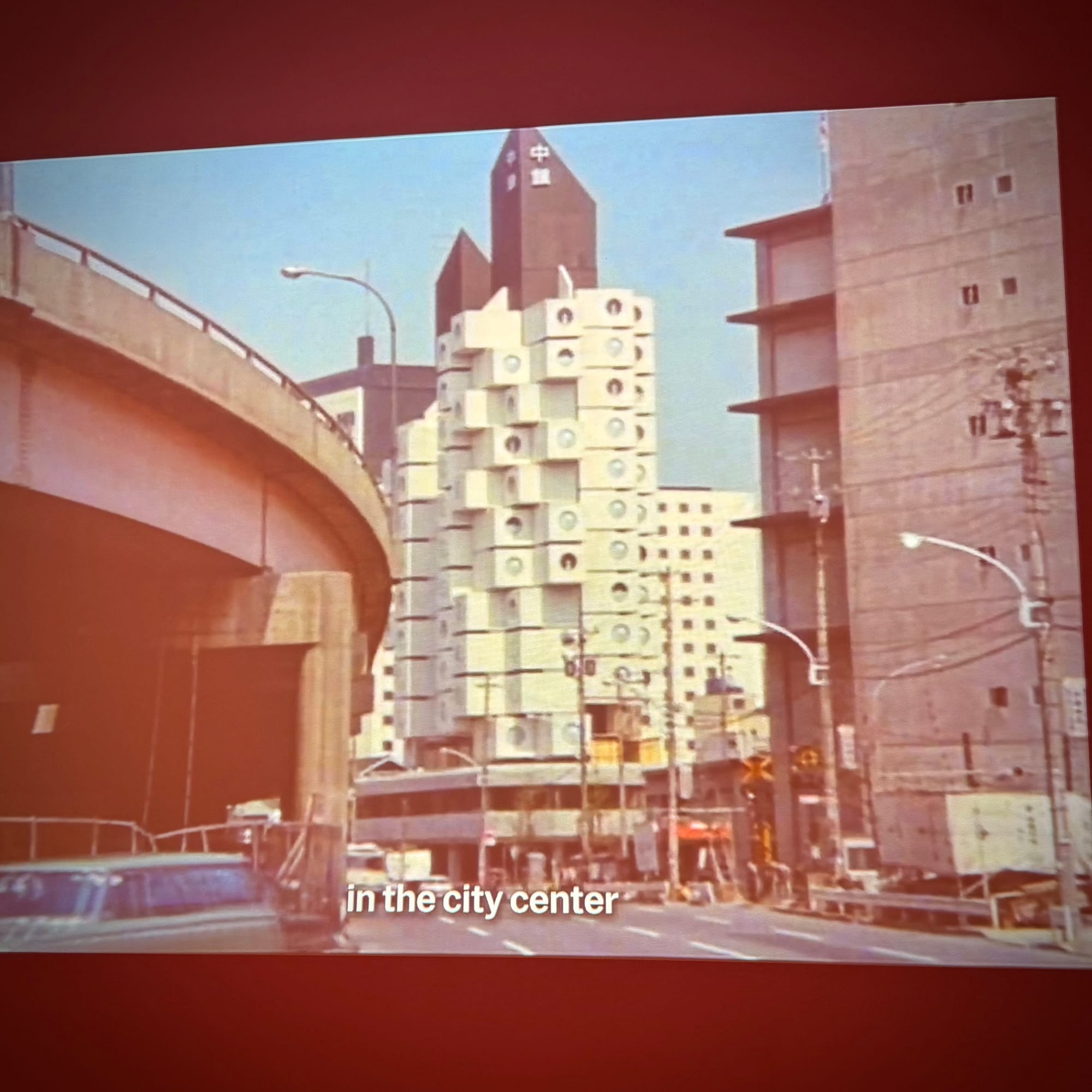
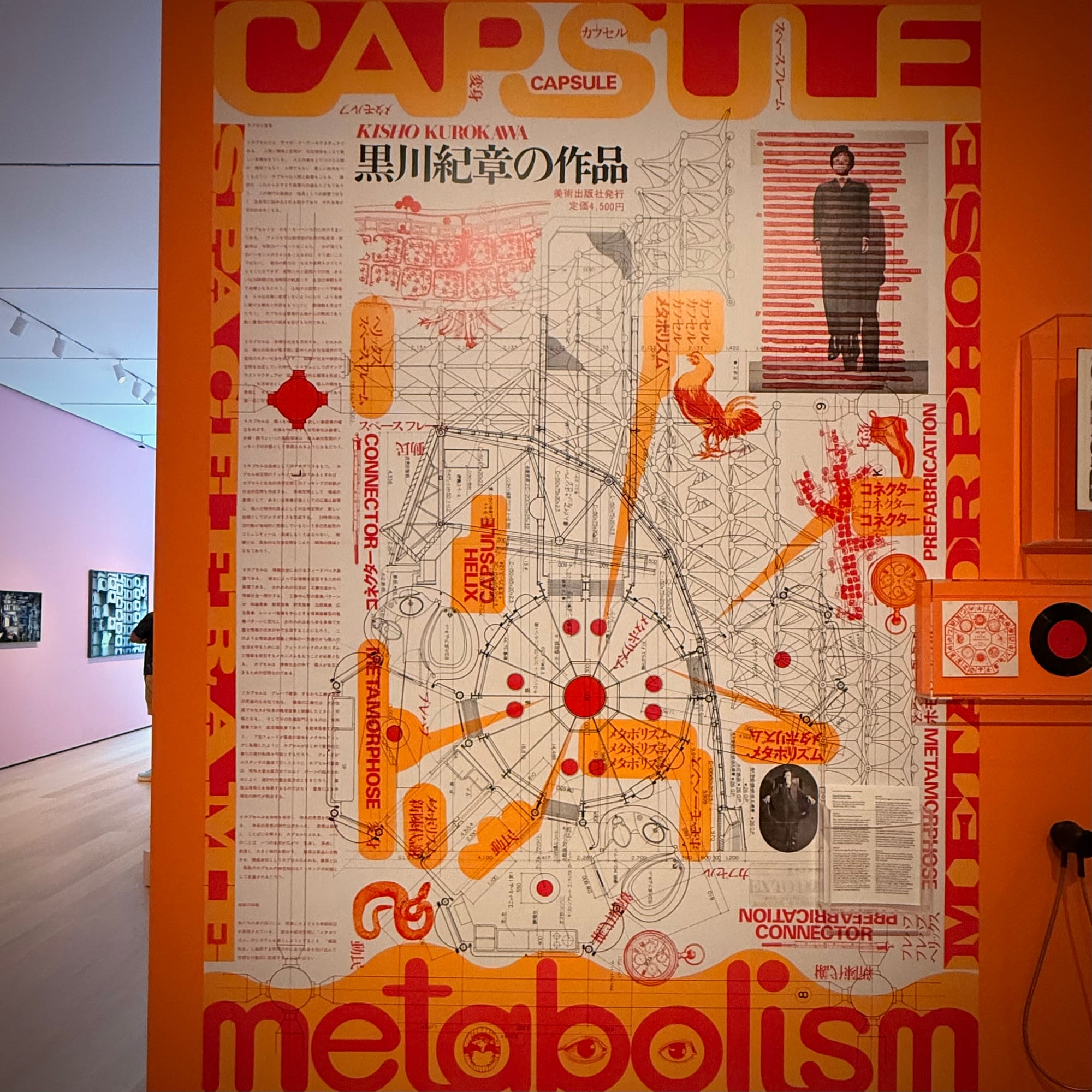
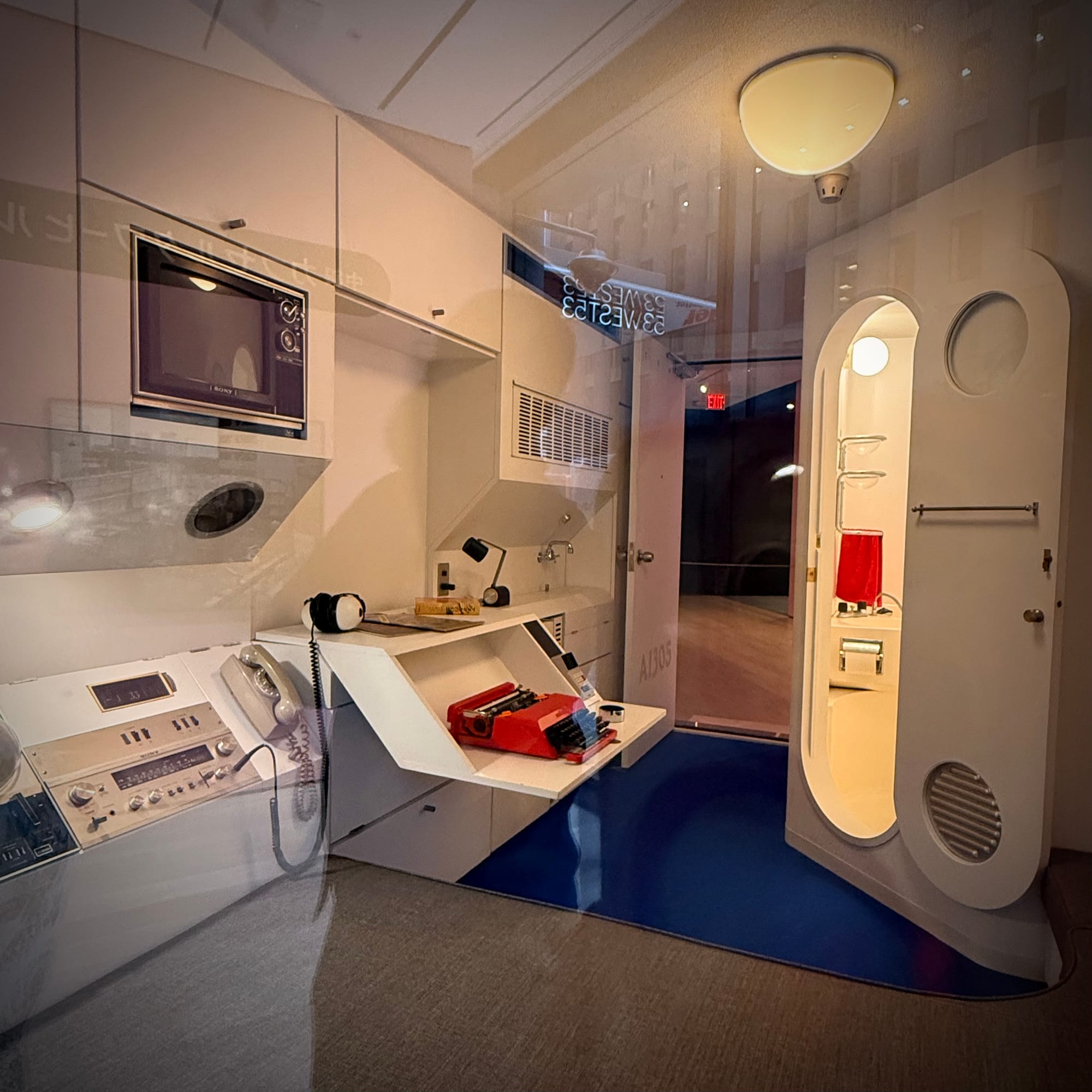
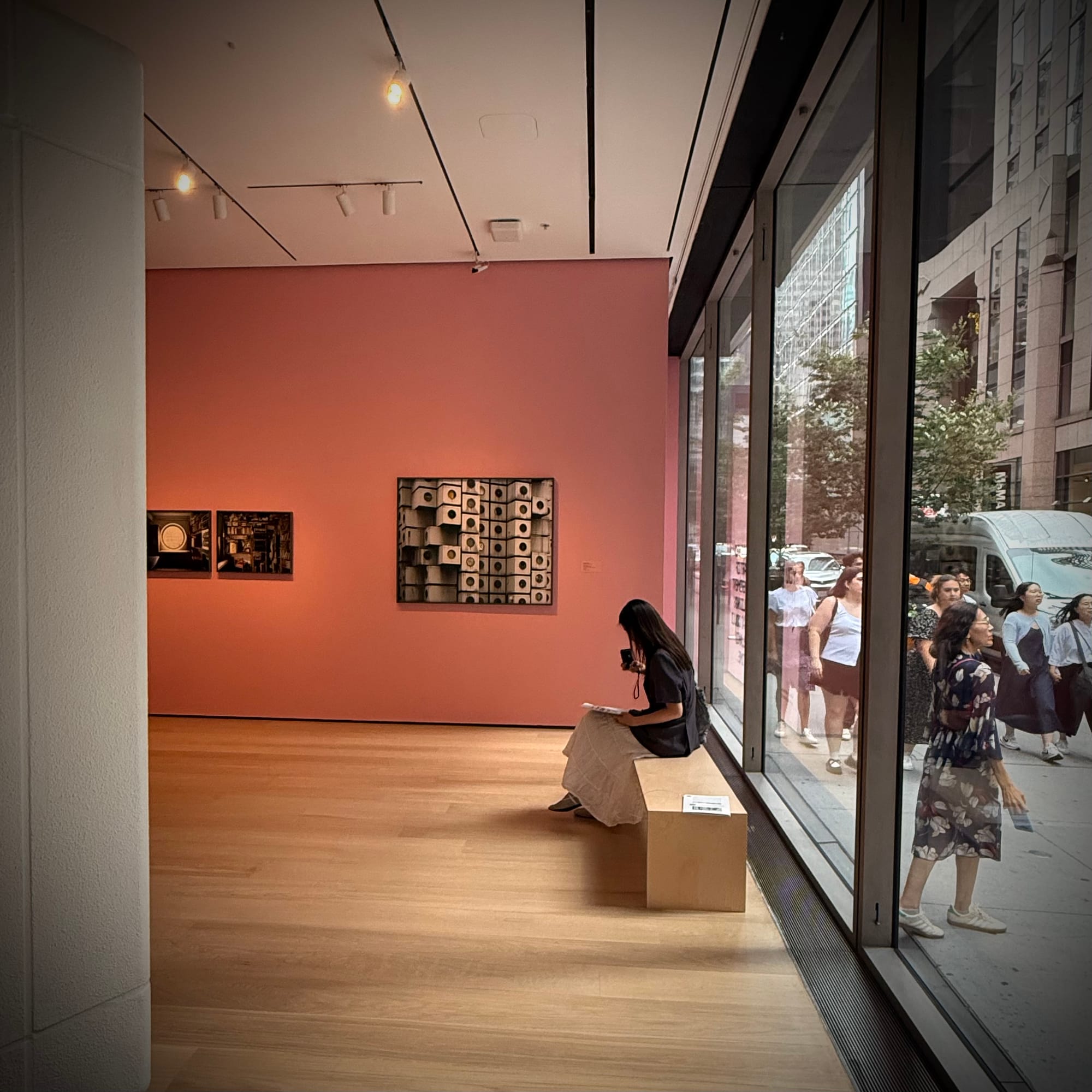
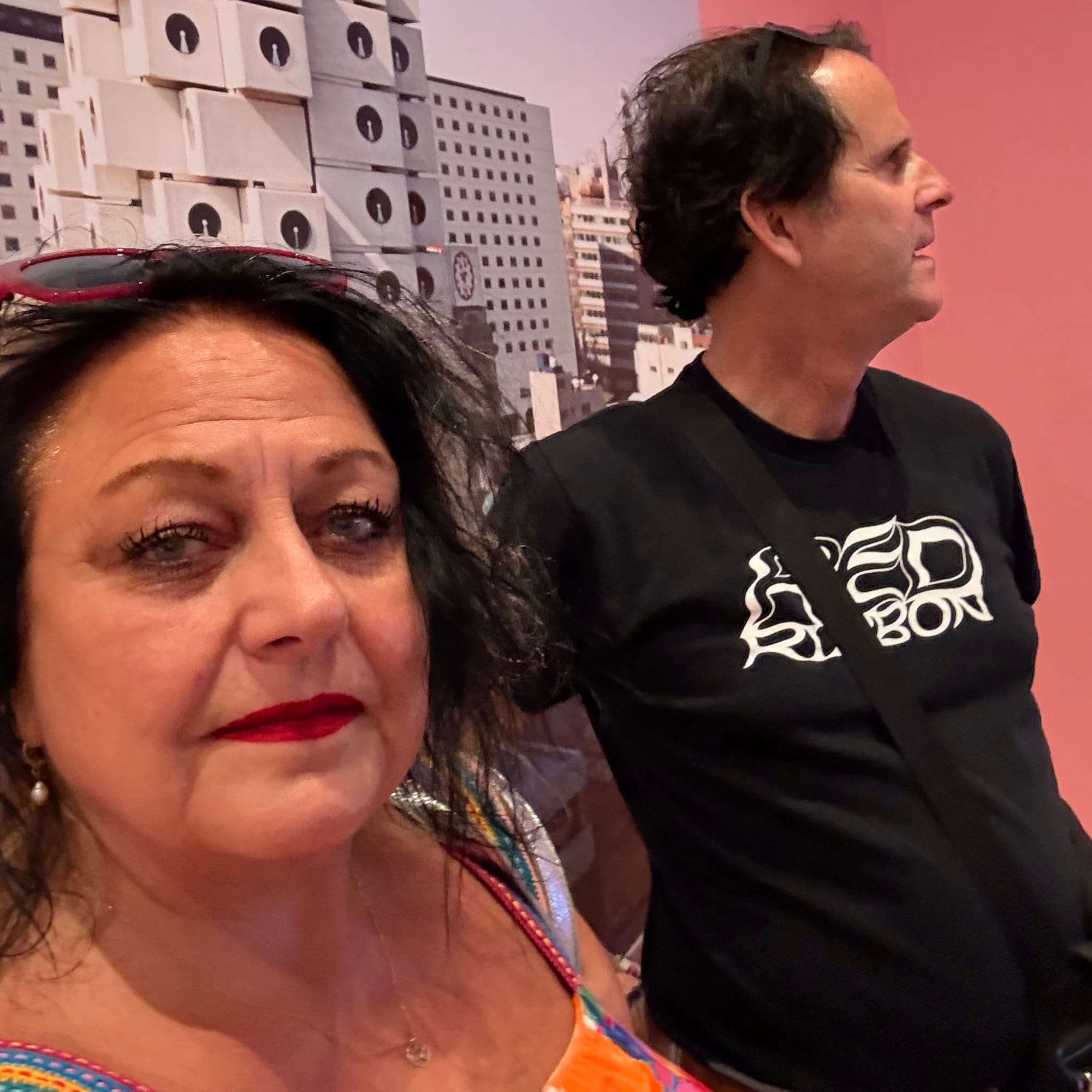
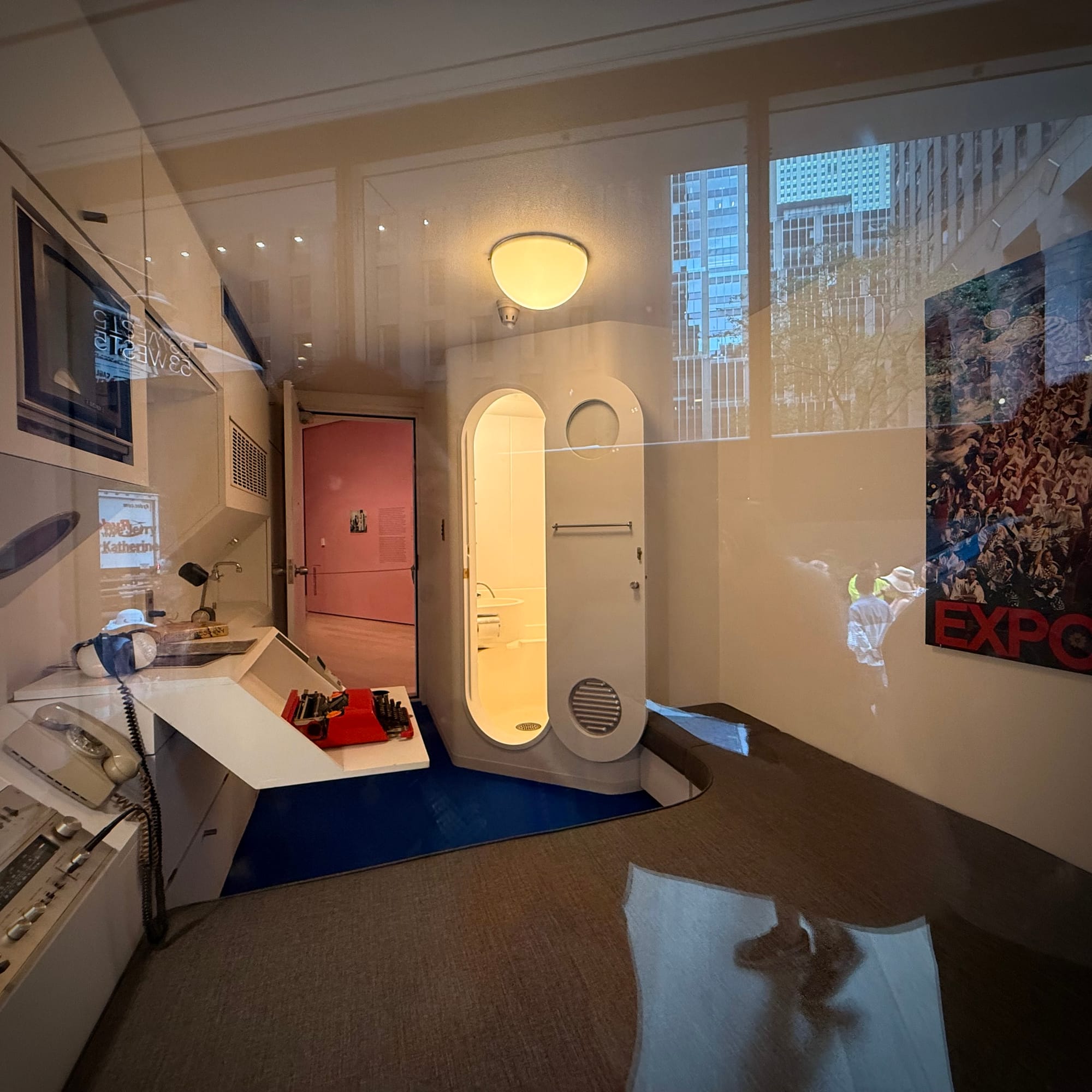
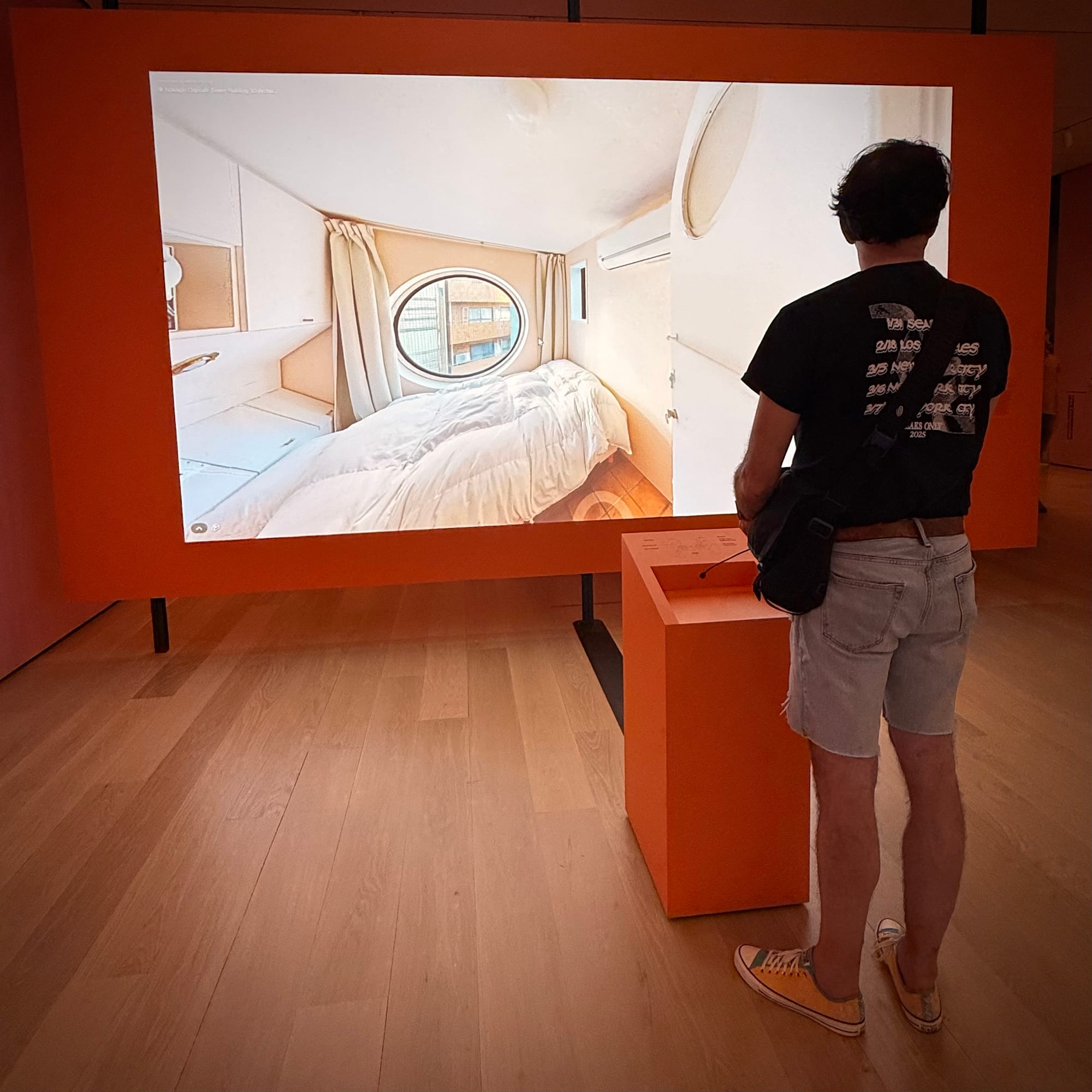
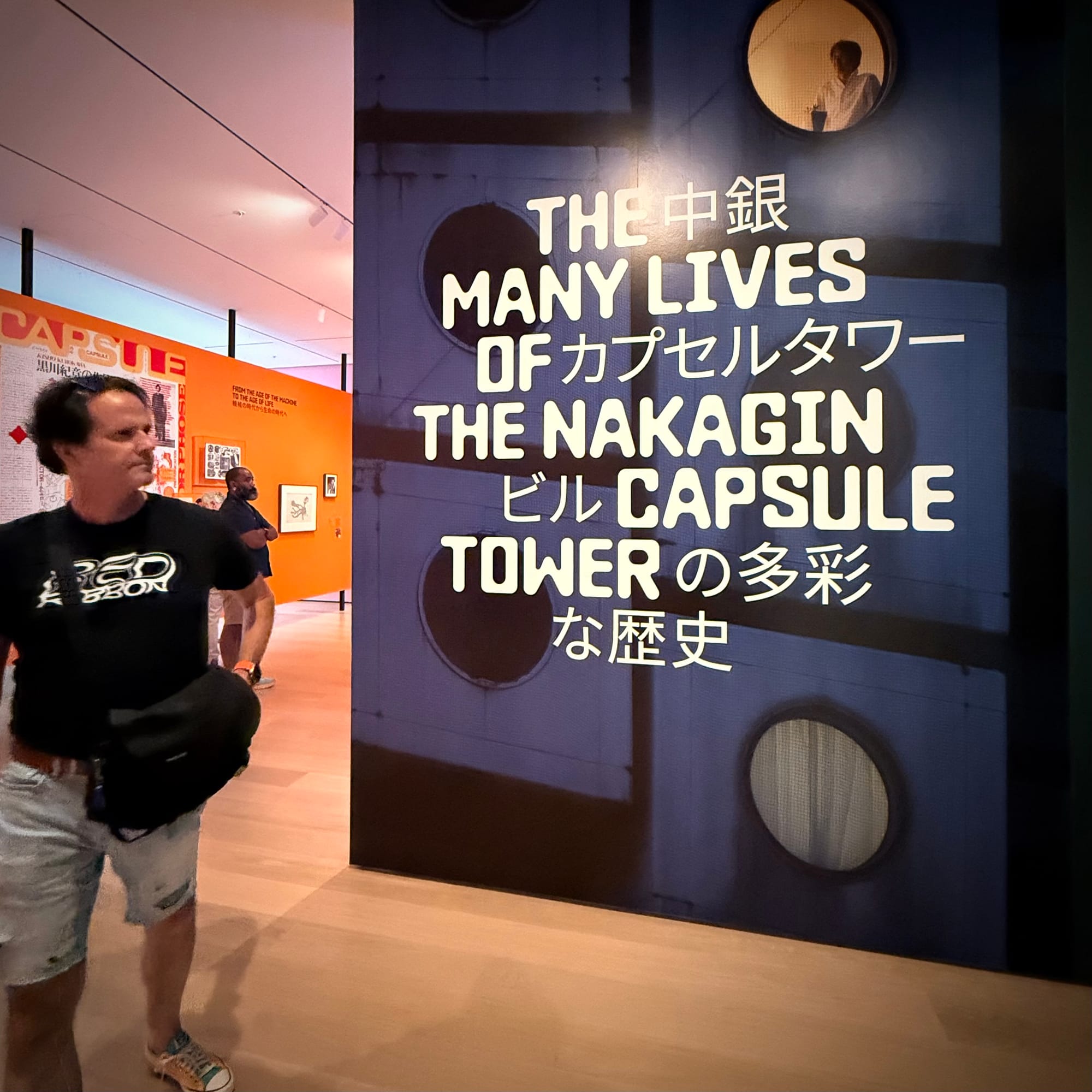
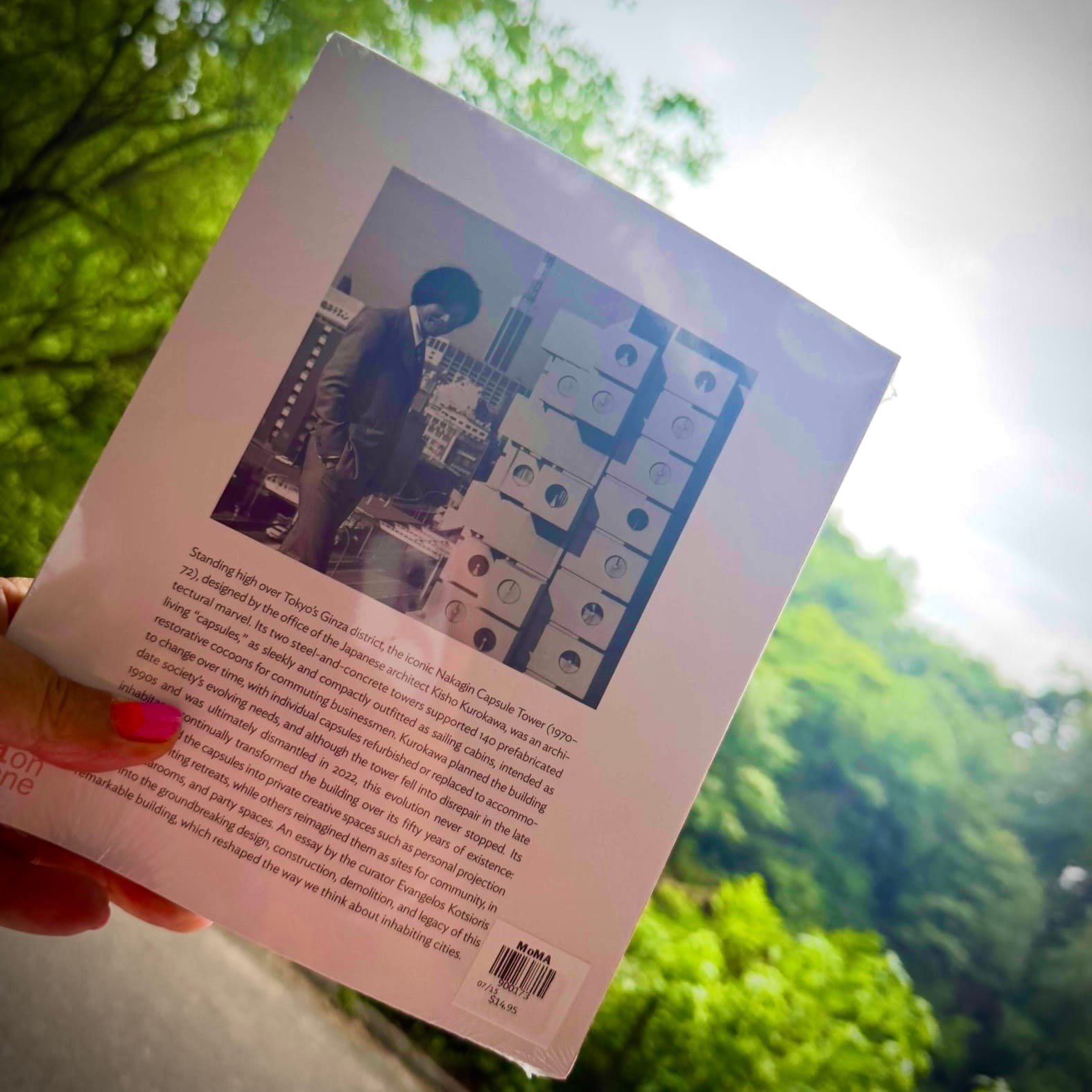
Photos: Elke Nominikat
